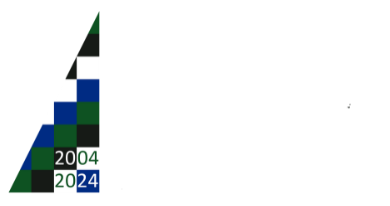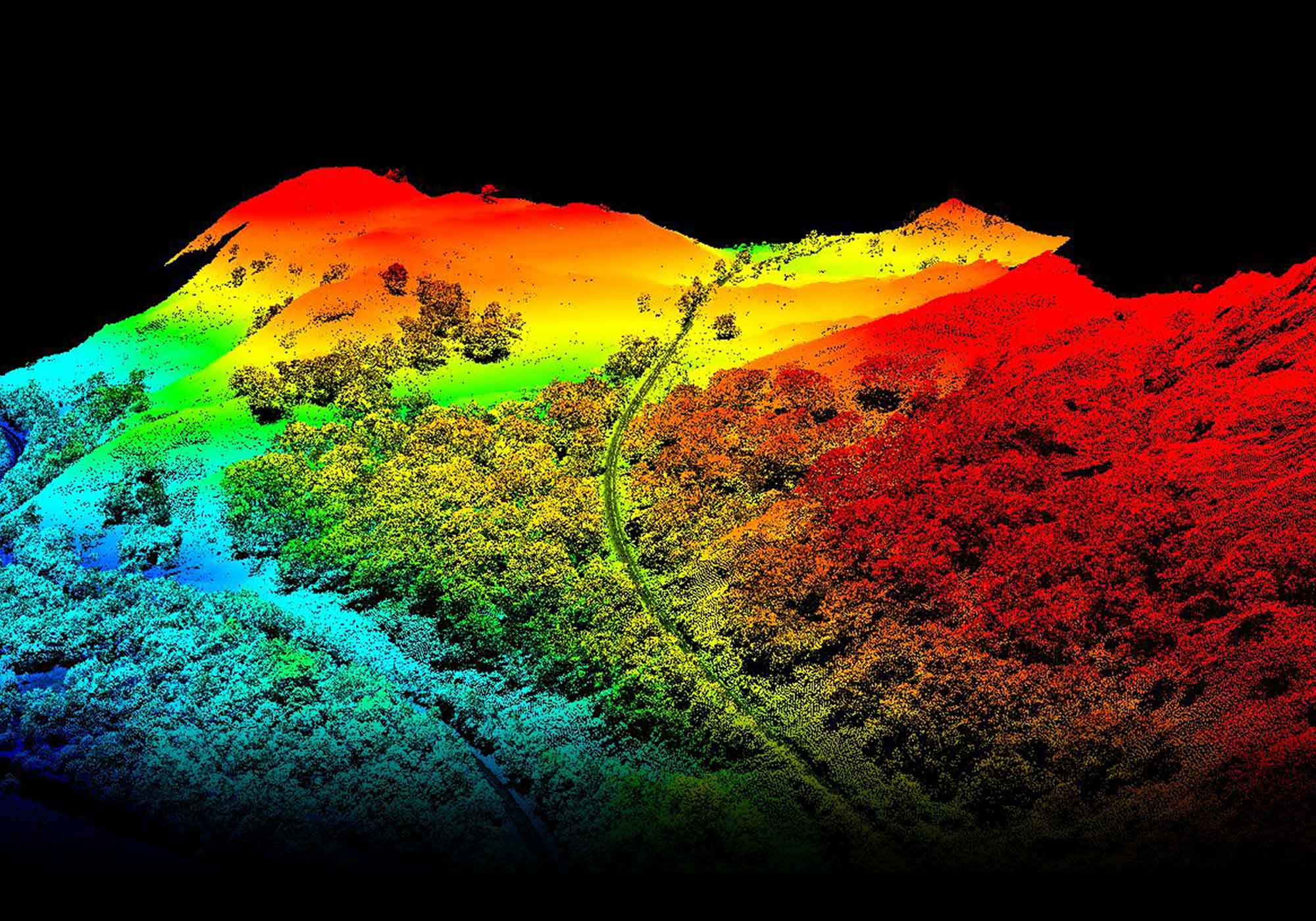Trees and Vegetation
Infrastructural hazards from trees include impact damage and associated service disruption from storm-related windthrow. A high proportion of tree failures occur at sub-critical windspeeds (windspeeds that most trees can withstand without serious damage), due to subtle combinations of precise microenvironmental circumstances.
These circumstances articulate a tree’s “storm resilience”, which may be significantly lower than the population mean.
Our blue-sky research has enabled us to model the storm resilience of tree populations at national scale, in turn facilitating targeted risk control measures.
We have worked with national railway operators since 2013 to design remote-sensing based tree risk assessment and control systems, with our flagship model, POLESTORM-21, in place with the UK’s national railway operator.
In addition to POLESTORM, our portfolio in this area includes:
- FAILSAFE, which reduces the risk of death and injury from tree failure onto mass transit systems
- VIPER, which identifies and evaluates vegetation-related interference with infrastructure, prioritising occurrences for intervention based on a case-specific scoring system
Our tree and vegetation-related natural hazard management systems use high-end remote sensing technology, including synthetic aperture radar and LiDAR, and are designed to run within a computer-based, data extraction and analysis architecture enhanced by machine learning provided by our technology partner, Airbus Defence and Space.


